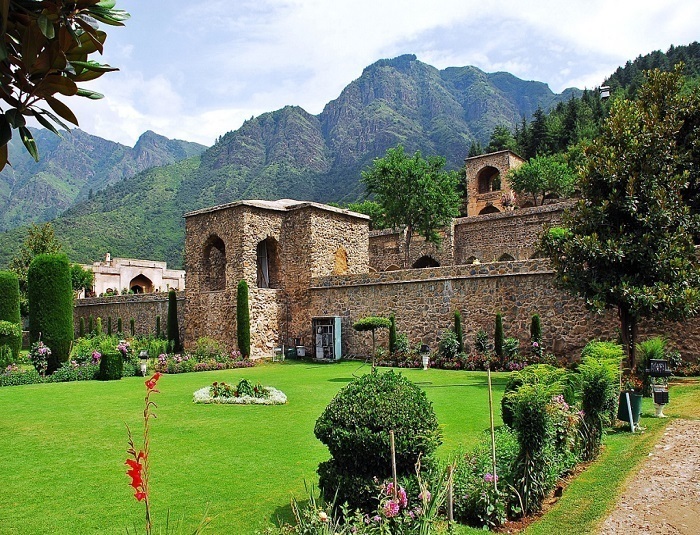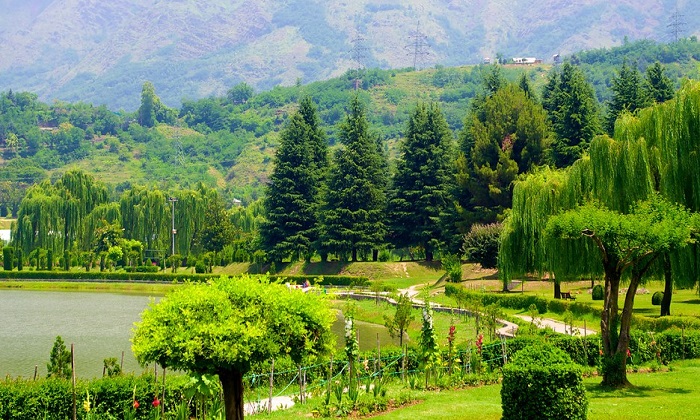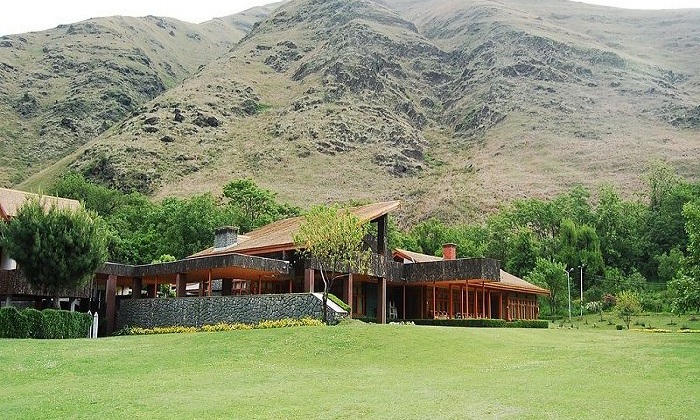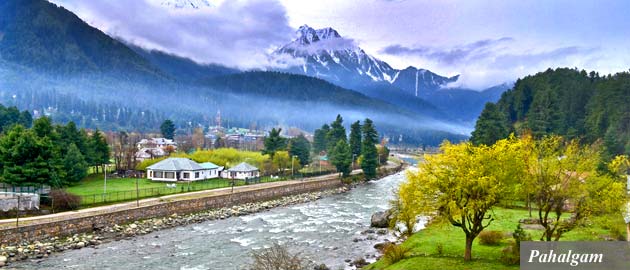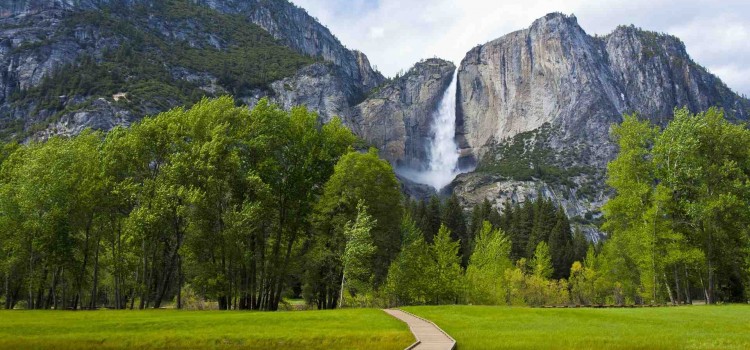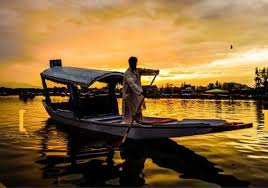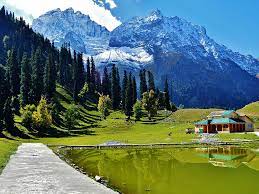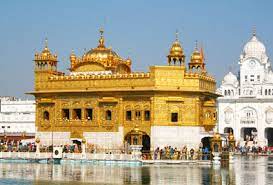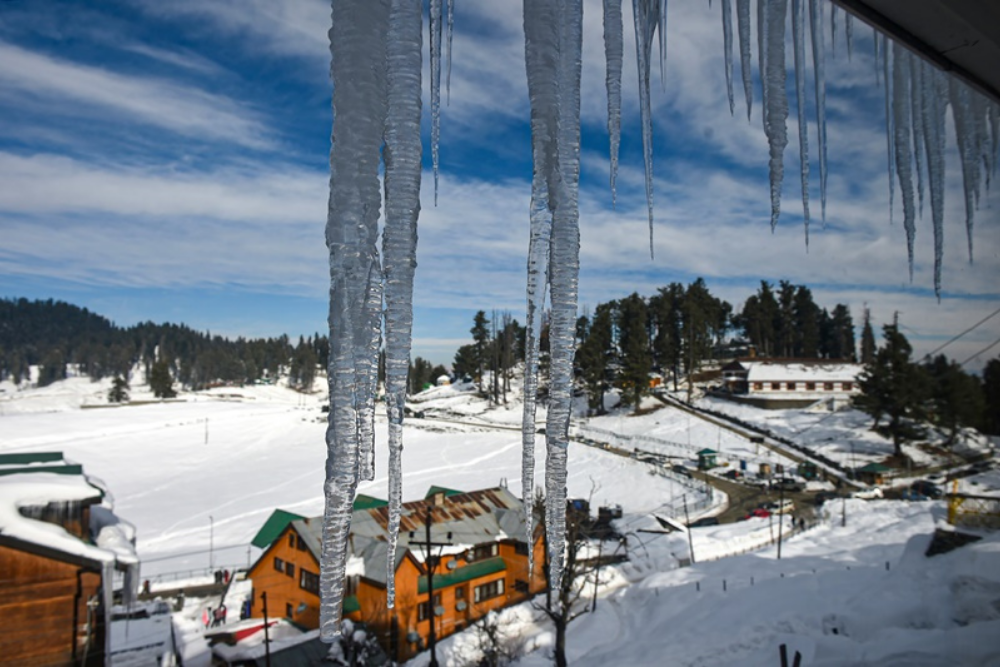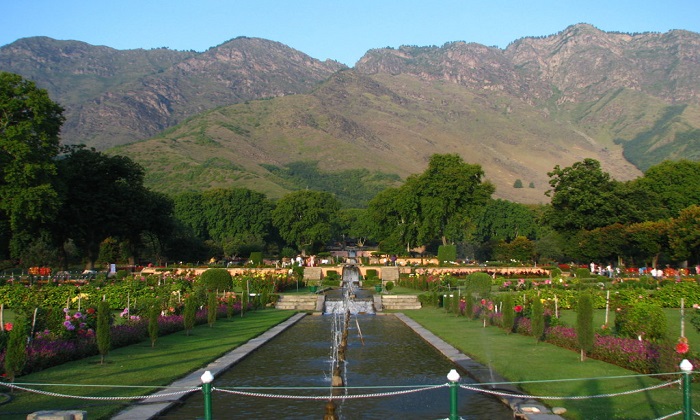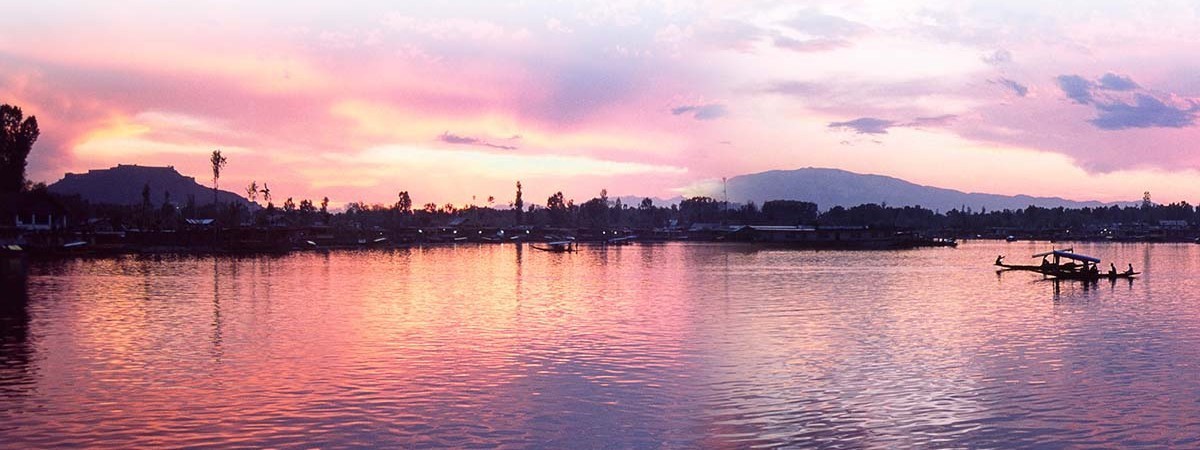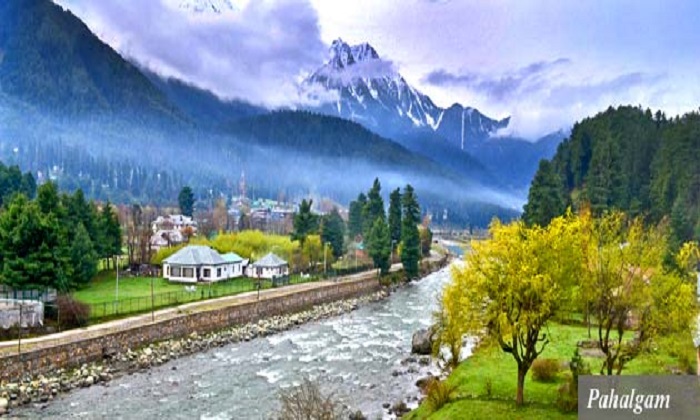4 days 3 nights
Pari Mahal is situated just above Chashma Shahi Gardens, about 10 km from Srinagar, in Jammu and Kashmir. It was once a Buddhist monastery, later converted into a school of astrology by Dara Shikoh - eldest son of Mughal Emperor Shah Jahan. Pari Mahal is a historic monument as well as a well-laid spacious garden. Situated around a small spring, the garden has beautiful flowering plants and various kinds of fruit. Although Pari Mahal boasted a large number of springs earlier, only a few can be seen today. The Mahal, on the spur of a hill, is illuminated at night and can be seen from most places in Srinagar. It overlooks the picturesque Dal Lake.
Chashmashahi is the smallest of the three Mughal gardens of Kashmir. Meaning Royal Spring, this garden measures 108 m by 38 m and is above the Nehru Memorial Park. Mughal Emperor Shah Jahan set up the Kashmir Chashma Shahi Mughal Gardens in 1632 AD. The garden is quite famous for spring of energizing digestive mineral water inside it. Chasma Shahi Garden of Kashmir, India, offers a striking view of the scenic Dal Lake and the neighboring mountains. The garden has a number of terraces, with several fountains built right through its center. Apart from the three terraces and fountains, the other attractions of Chashmashahi include an aqueduct and some waterfalls. The water for the fountains comes from the spring. This water then goes through the floor of the pavilion and falls over to the lower terrace, over a polished black stone chute. Also, a number of fruits, flowers and chinar trees grow in the garden, adding to its appeal. Near the garden is a small shrine, the Chasma Sahibi with a fresh water spring. The Chashmashahi garden is amongst the few others that charge an entrance fee. Recently, a number of extensions were made to the garden.
Botanical Garden in Srinagar, is a beautiful garden. It contains many types of plants and vegetation. This garden has a collection of about 150,00 ornamental plants and a huge collection of oak varieties.It also has a rare collection of Kashmiri tropical plants. This garden is located on the side of a mountain and near to Chashma Shahi, Roop Bhavani Temple, etc. Many people from various areas of world visit this place.It has four main divisions: the Plant Introduction Centre, the Research Section, the Recreational Garden and the Botanical Garden.
Tulip Garden in Kashmir is Asia's largest tulips garden and there is a likely hood that it can become the worlds second largest largest too.The tulip garden which is in Srinagar is commonly known as Siraj Bagh and is located no the banks of the famous Dal Lake. When viewing the garden you are able to see the large variety of colors of the flowers, and there are over 60 varieties of early, mid and late blooming tulips. The tourism authorities in the state said they are using the festival to promote the state as a preferred destination. "ot of Indians go to Holland just to see tulips, but now this place is near and more affordable for the domestic tourists. We feel we will get more tourists. We have come to know that about 12,00 tourists and mostly outsiders have come here," said Tanveer Jahan, a secretary of tourism department. The garden at the foothills of Zabarwan overlooking the famed Dal Lake has about 60 varieties of multi-colored tulips. The festival that also showcased, the state's traditional art and culture, was an instant hit with the foreigners. "You cannot find any of these products in other parts of India. I have not seen something like this," said Peter Mathew, a tourist from Chile. Lot of domestic tourists also visited the festival.
Dachigam National Park is located 22 km from Srinagar and just 2 minutes away from Teli Guest House . The name literally stands for 'ten villages', which could be in memory of the ten villages that were relocated in order to create the park. The Park is only 141 sq. kms. and roughly rectangular in shape, approximately 23.5km by 6km. It is best considered as two sections - Upper and Lower Dachigam. Lower Dachigam, in the west, comprises approximately a third of the total area and is the area most accessible to a visitor. Upper Dachigam in the east extends over the higher reaches and is a good day's trek from the nearest roadhead. Dachigam was initially established to ensure the supply of clean drinking water to Srinagar city. A protected area since 1910, it was declared as a national park in 1981. The park is best known as the home of the hangul, or Kashmir stag. The Park harbors the last viable population of the endangered Hangul or Kashmir Stag. Himalayan Black Bear are visible in the lower reaches from spring to autumn and hibernate in winter. Long-Tailed Marmots are very conspicuous during summer in the upper reaches while Mouse Hare are active throughout the year. Other wildlife includes Leopard, Common Palm Civet, Jackal, Red Fox, Yellow-throated Marten and Himalayan Weasel. Over 145 different bird species including the Lammergeier, colourful species like Monal Pheasant and Blue Magpie are seen. Just 21kms north-east of Srinagar, and beyond the Mughal Gardens of Nishat and Shalimar, Dachigam is best considered as two parts. Lower Dachigam is more accessible to a visitor while Upper Dachigam is a day's trek. Good time to visit is in September-October which is also the Hangul rutting season. Forest Department accommodation is available in the Park and may be reserved through the Chief Wildlife Warden at the office in the Tourist Reception Centre in Srinagar. The area now known as the Dachigam National Park was first given protection by the Maharaja of Kashmir in 1910 when he delineated the valley as a game preserve and relocated the ten villages that were present within its precincts. From this comes its name Dachigam, translating as 'ten villages'. The Maharaja was motivated not only by the desire for sport for himself and his guests but also to ensure an undisturbed catchment zone for the Harwan reservoir which supplied water to his summer capital, Srinagar. The National Park occupies almost half of the catchment zone of the famous Dal Lake and still plays a crucial role is supplying clean drinking water to the inhabitants of Srinagar. The Maharaja planted a number of tree species preferred by the wild denizens, such as oak and horse chestnut and supplemented the limited winter fodder available to the wild animals. He also introduced Wild Boar to the area, a small population of which survived into the early 1990s but which have now died out. Following independence, responsibility for managing Dachigam went to the State Government and it was administered at different times by the State Fisheries Department, Tawaza Entertainment Department and the Forest Department. From 1978 it has been under the purview of the Directorate of Game Preservation of the Forest Department and in 1982 the Directorate was upgraded to an independent department and is now known as the Department of Wildlife Protection. In 1951 the State notified the area as a Sanctuary and in 1981 it was re-notified as a National Park. Dachigam National Park is one of the most accessible parks of India as its main entrance is only 21kms by road, north-east of the capital of Jammu and Kashmir, Srinagar and not far beyond the popular Moghul Gardens of Nishat and Shalimar. However the road only runs for 10kms inside the Park, so to truly appreciate the beauty and variety of this Park it is necessary to explore on foot. Best time to visit: Dachigam is open throughout the year, but the best time to visit is between April and October and has something to offer in every season. The upper areas are not easily accessible in the winter months and are at their best between June and August. Summer is also a good time to visit the lower areas although probably the best month is October when the rutting season is on and Kashmir's glorious autumn tree colours are in evidence. September/October is also a good time for viewing the Black Bear which is feeding up on the remaining walnuts and acorns, building up fat for its long hibernation. The closest airport is at Srinagar. The nearest railway station is Jammu, which is 310 km away.
©2022 Developed by E-MATRIX SOFTWARE SOLUTIONS

